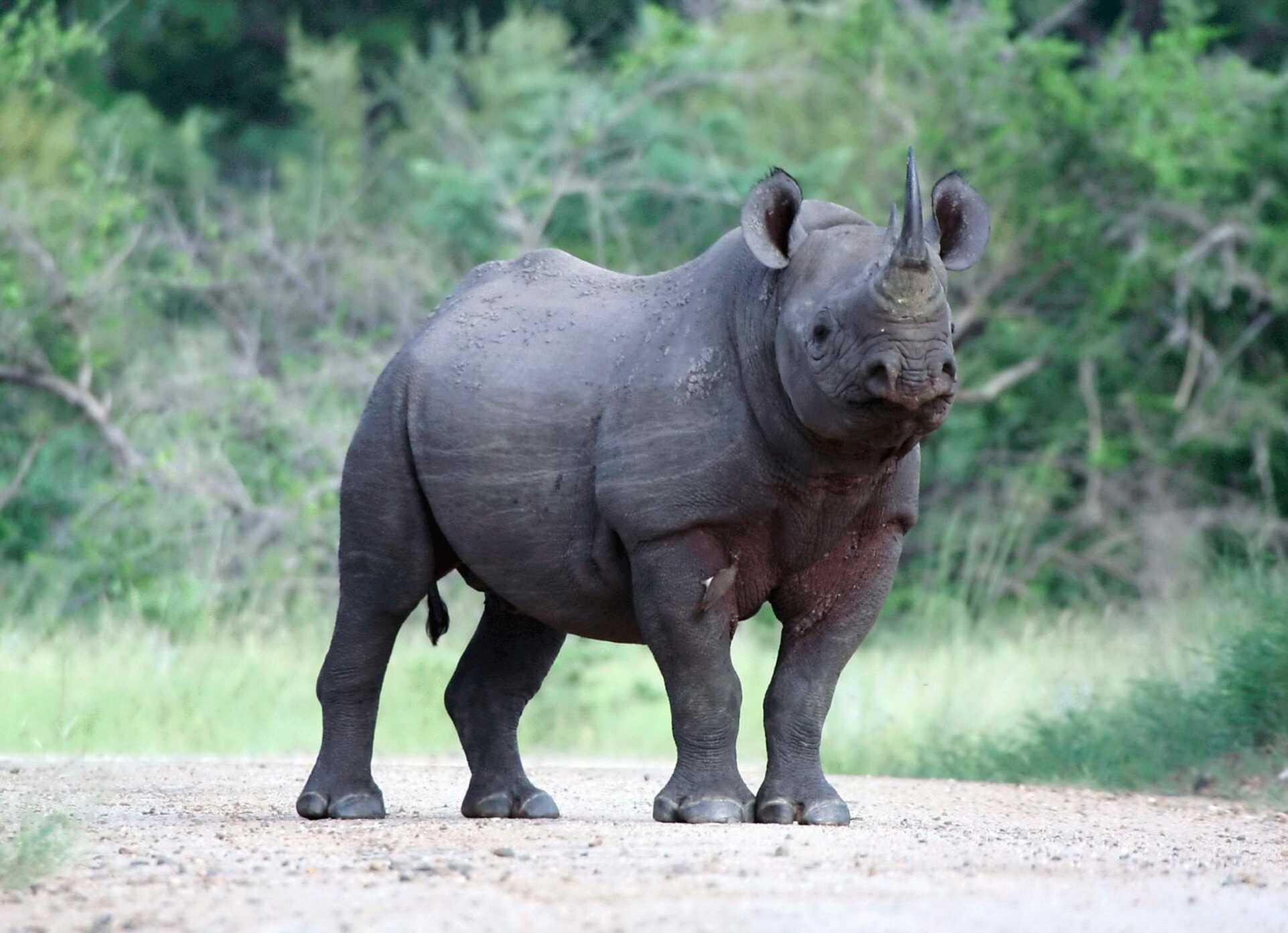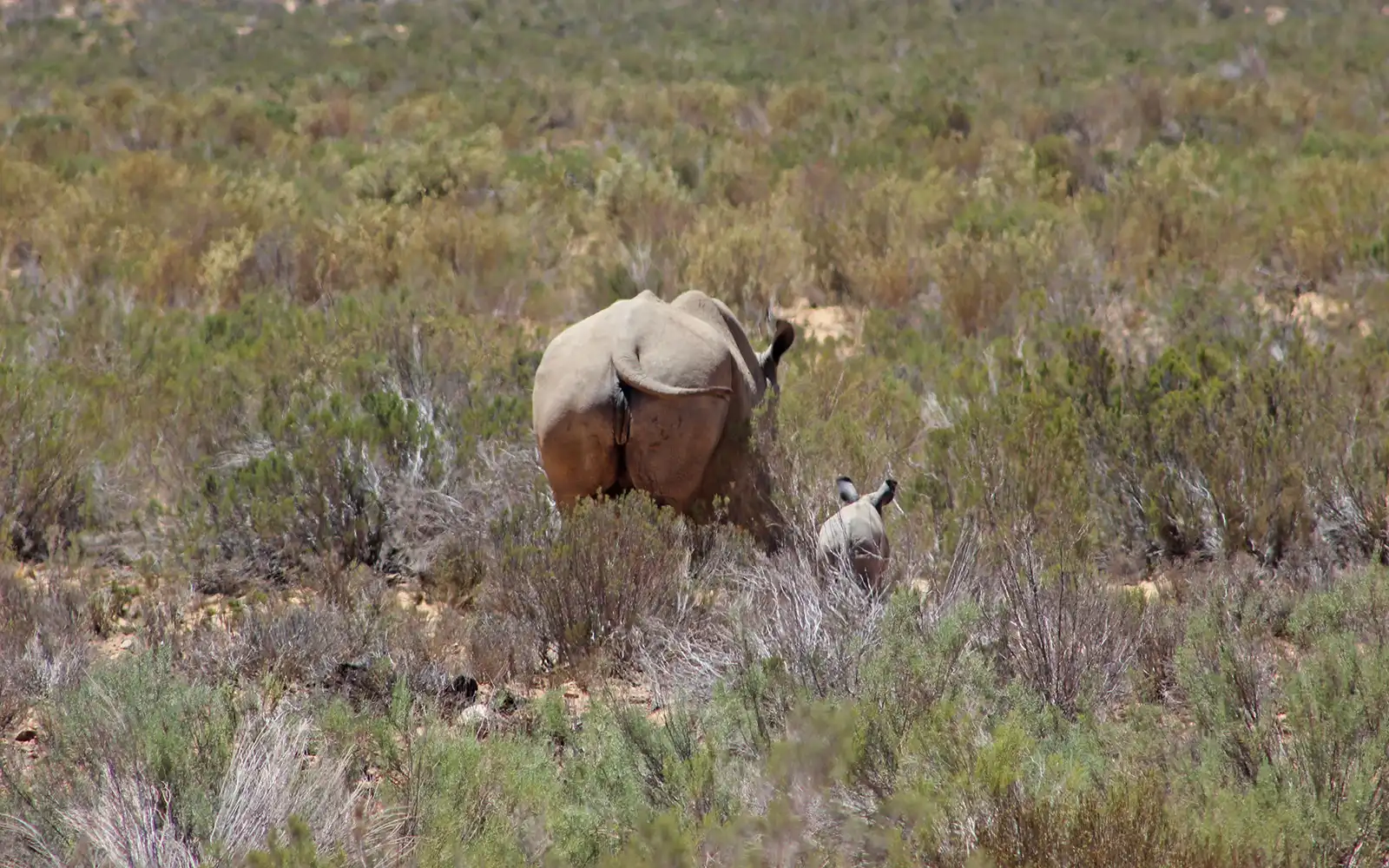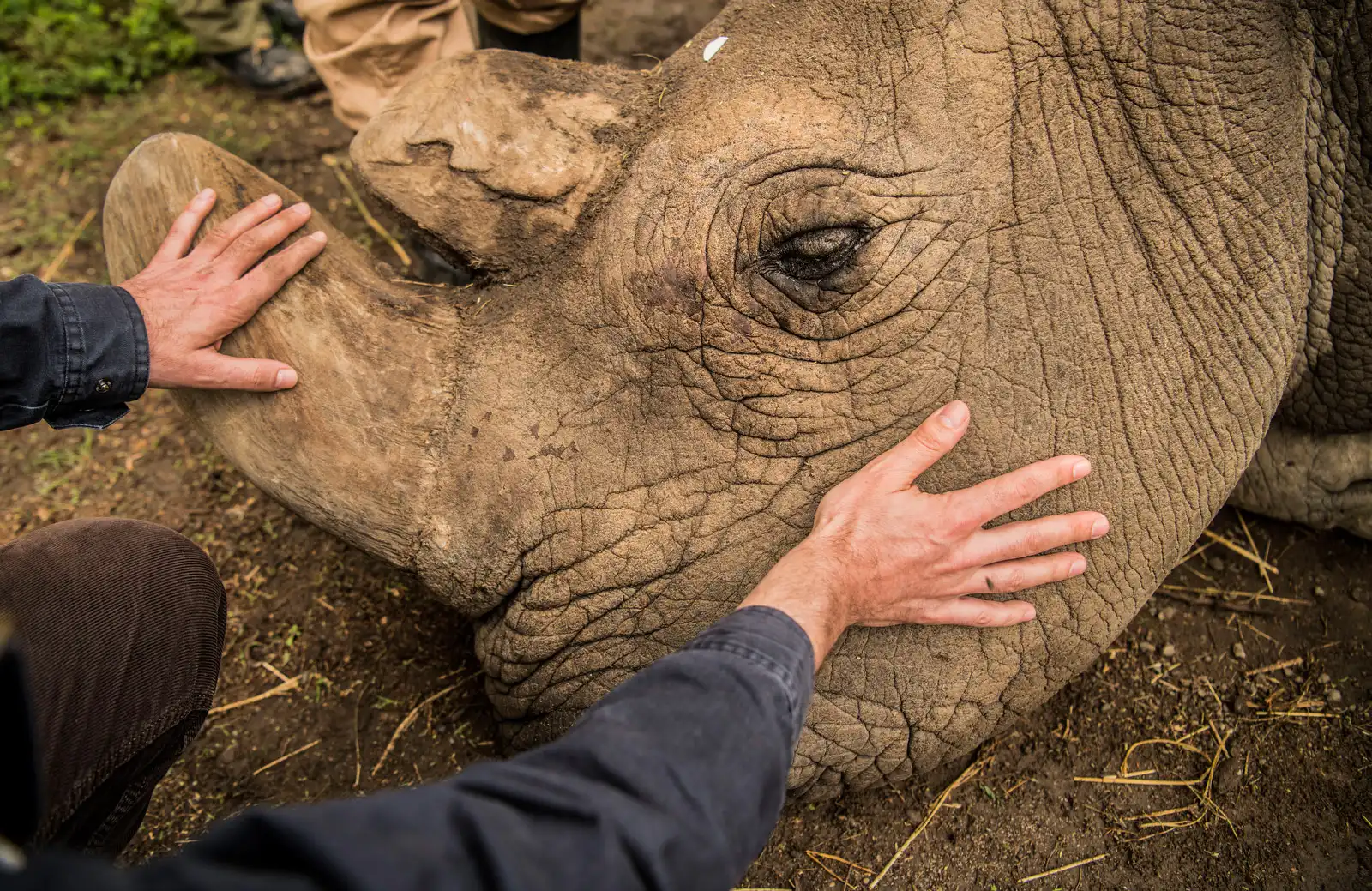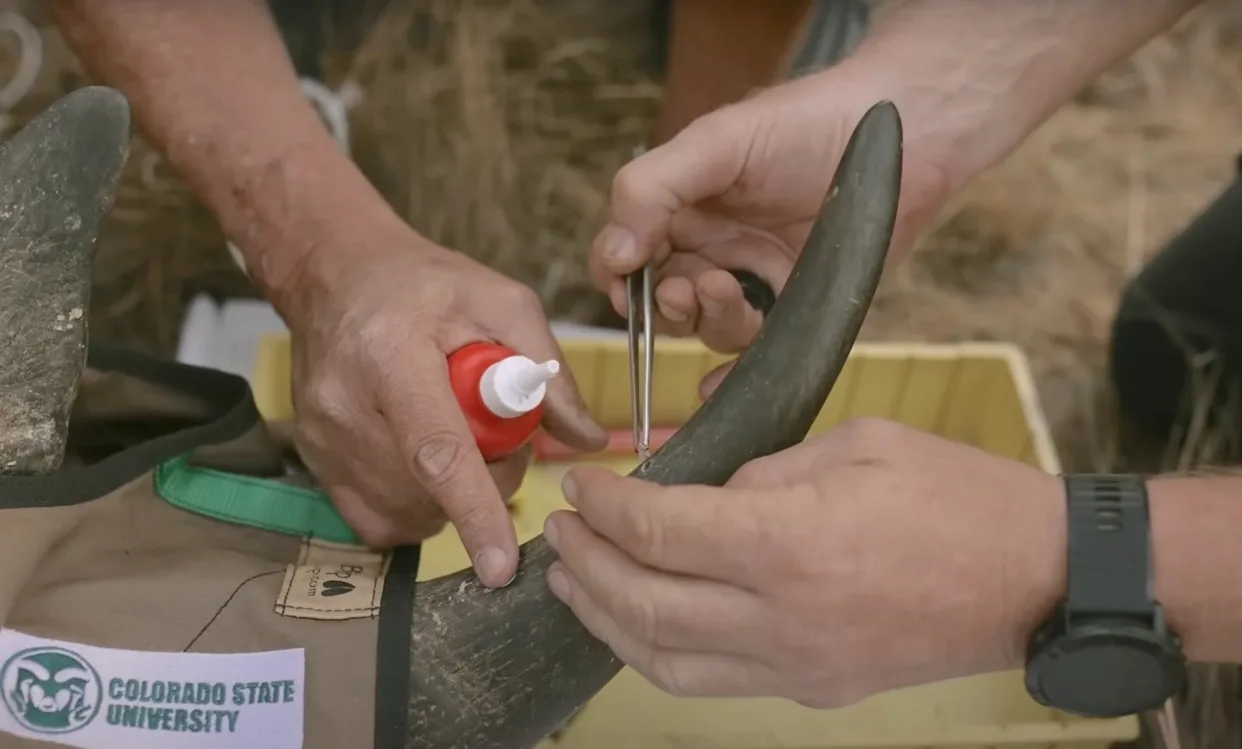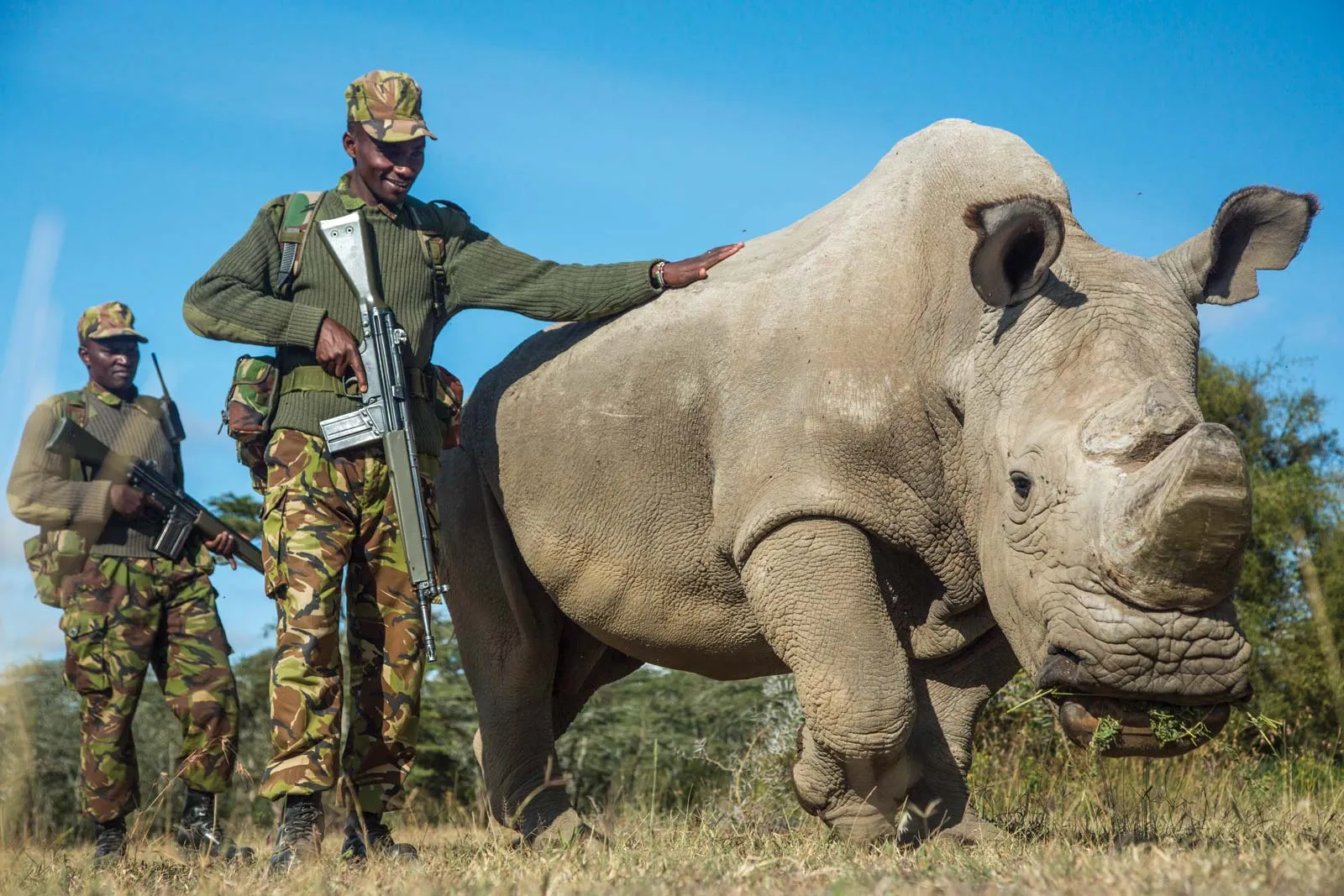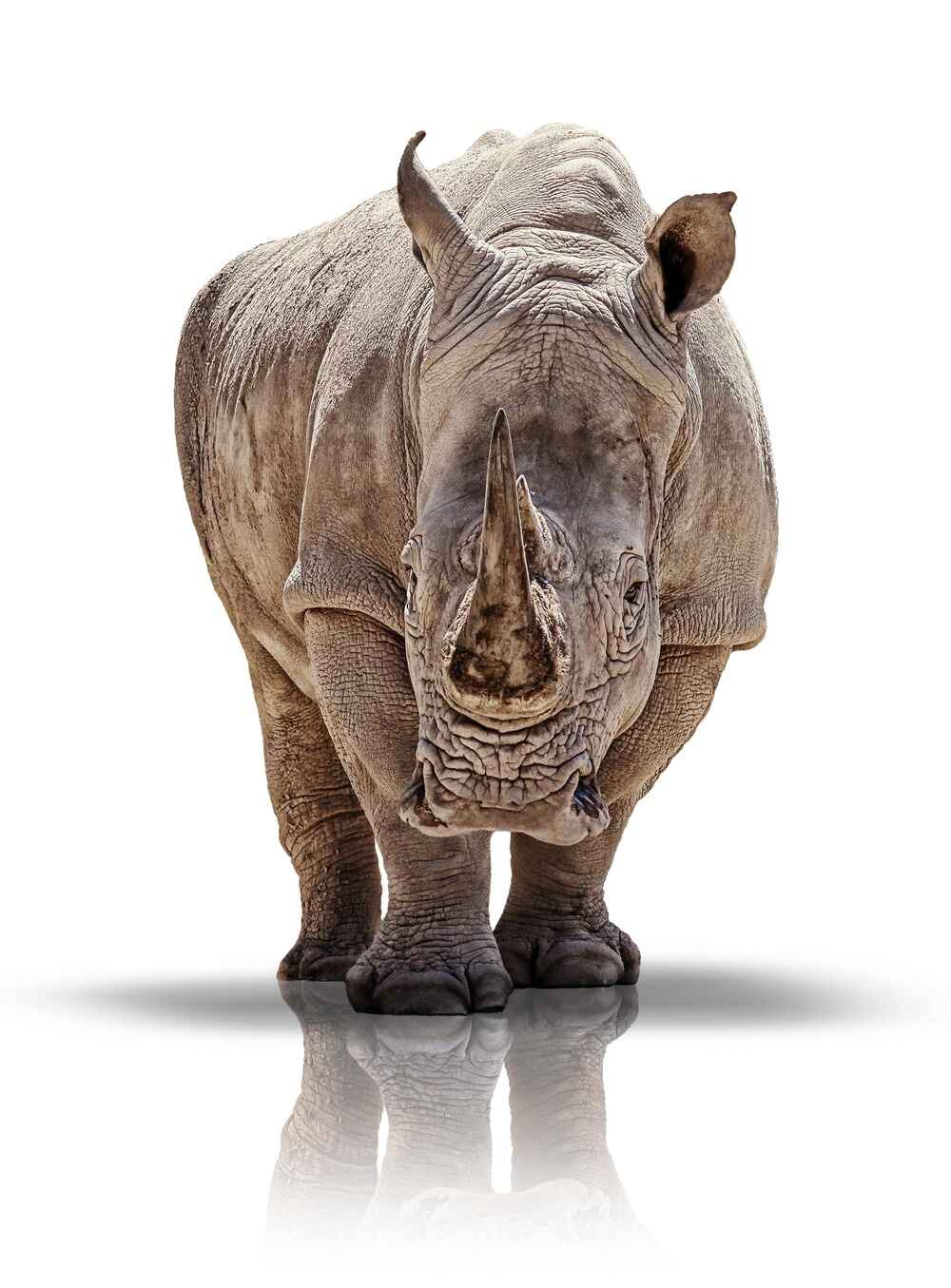Seeing a black rhino in the wild is a rare and sought-after experience for many safari-goers and wildlife enthusiasts. However, the fall of the black rhino population has made these iconic members of the “Big Five” a real-life safari unicorn. It might be hard to believe, but at one time, black rhinos were the most common of the world’s rhino species, with records indicating that there could have been as many as 100,000 throughout Africa before the 1960s.
By 1970, poaching had reduced the black rhino population to approximately 65,000, and their numbers continued to decline at an alarming rate. By the mid-1990s, the population had plummeted to just 2,300 individuals—an alarming 98% decrease over four decades
In the 1700s, black rhinos were found across Southern Africa and Eastern Africa, with a range that extended into central and northern Africa. They inhabited areas across 25 modern-day countries, including South Africa, Zimbabwe, Botswana, Namibia, Mozambique, Zambia, Zimbabwe, Eswathini, Malawi, Tanzania, Ethiopia, Angola, Tanzania, Uganda, Somalia, South Sudan, Central African Republic, Cameroon, Chad, and Eritrea, to name a few.
The end of the 20th century marked one of the most catastrophic declines in natural history for the black rhino. Yet, it was this very decline—to an all-time low of roughly 2,300 individuals—that spurred a global conservation response. The stark reality of losing nearly 98% of Africa’s black rhinos in less than 50 years could not be ignored.
Modern-Day Distribution of the Black Rhino
The fall of the black rhino saw this impressive range shrink dramatically. Today, black rhinos (Diceros bicornis) can only be found in 12 countries throughout Africa, totalling an estimated 6,487 individuals.
Despite conservation efforts and the introduction of black rhinos to new regions, over 97% of these rhinos are concentrated in just four countries: South Africa, Namibia, Kenya, and Botswana. The remaining 2% to 3% of are spread out across Mozambique, Malawi, Zambia, Zimbabwe, Tanzania, Eswathini, Rwanda, and the Ivory Coast.
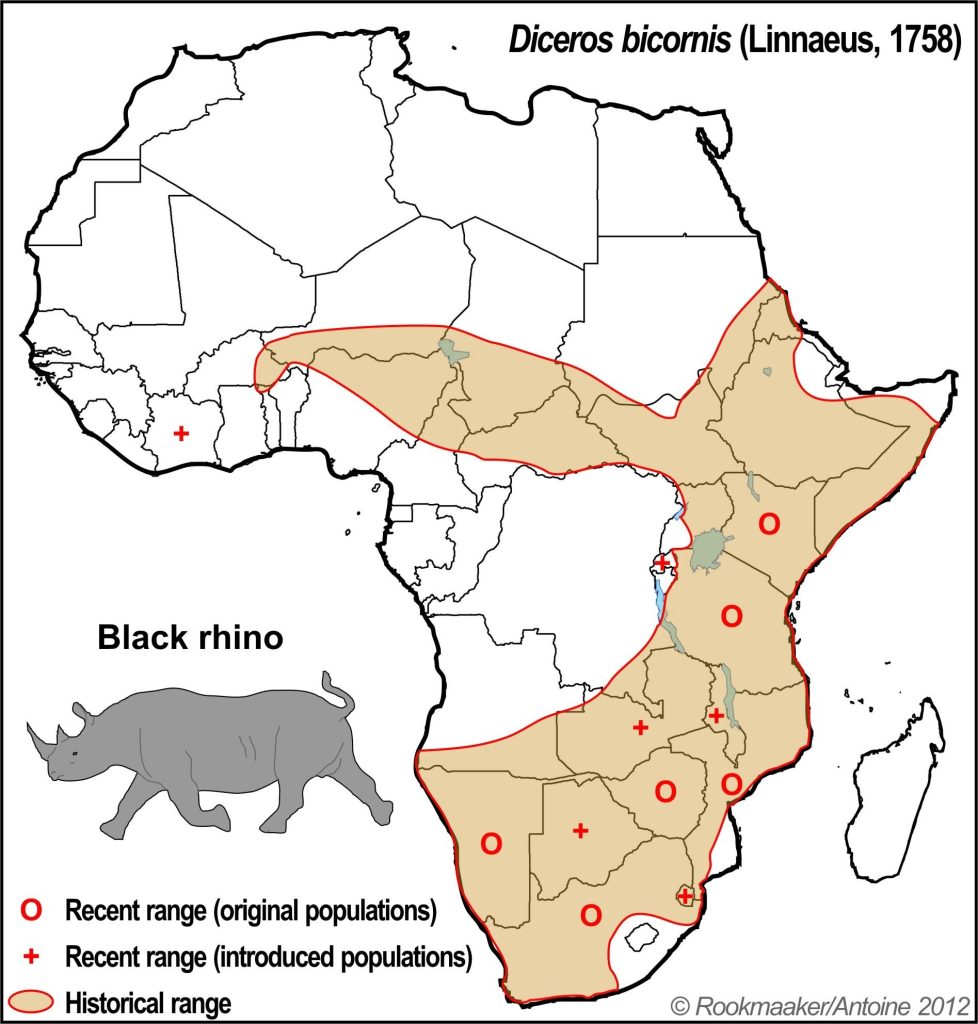
The Ongoing Battle to Save the Black Rhino
In response, intense protection measures, anti-poaching initiatives, and habitat management strategies were rolled out across Africa. Thanks to these efforts, the black rhino population has seen a slow but steady recovery over the last three decades, with an overall increase of 28%.
The African Rhino Specialist Group (AfRSG) of the IUCN’s Species Survival Commission (SSC) reported a 4.2% growth in black rhino numbers from 2021 to 2022, with about 6,487 individuals living in Africa at the start of 2023.
This small progress reflects the power of sustained conservation efforts, though much work remains to be done to ensure their long-term survival.
Also Read: The Difference Between White Rhinos and Black Rhinos
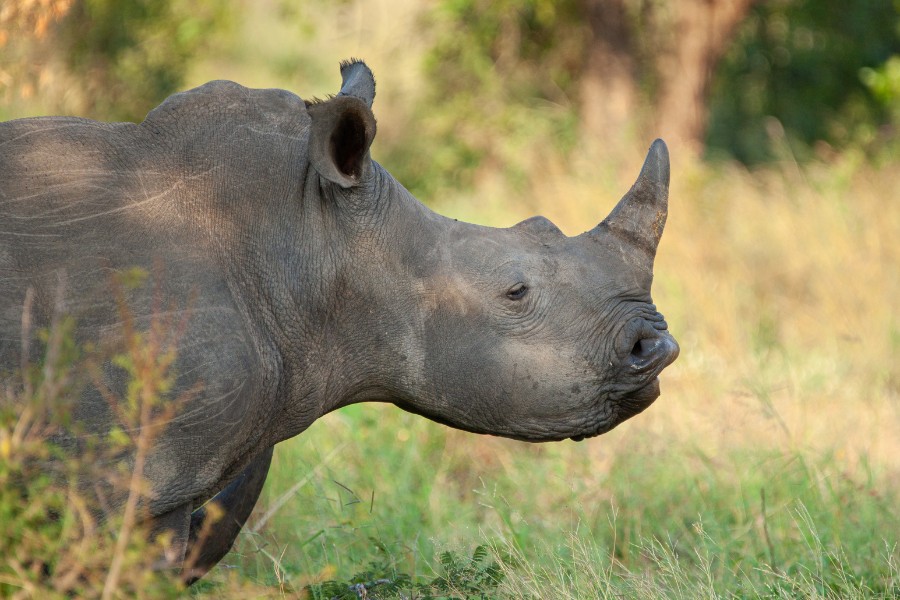
How We Can Stop the Fall of the Black Rhino
The fall of the black rhino, whilst drastic, still only puts the black rhino species as critically endangered and fourth on the list of most-endangered rhino species. Saving Private Rhino organisation is at the forefront of efforts to protect rhinos from poaching and to secure their habitats.
By providing training for anti-poaching units, supporting wildlife rangers, and enhancing security in rhino habitats, Saving Private Rhino plays a vital role in the ongoing recovery of the black rhino.
The black rhino’s recovery is a fragile success story. While their numbers are increasing, they still face significant threats. Poaching, driven by the illegal demand for rhino horn, remains the biggest challenge.
Habitat loss and land fragmentation also pose ongoing risks to the survival of black rhinos and other large mammals throughout Africa. Sadly, the current black rhino population of 6,487 is still a fraction of their historical numbers, and the species remains classified as Critically Endangered by the International Union for Conservation of Nature (IUCN).

Black Rhinos in South Africa
South Africa is home to around 2,000 black rhinos, making up roughly a third of the entire continent’s population. However, the relentless threat of poaching continues to place immense pressure on national parks and private game reserves as they fight to protect these endangered animals from the black market’s insatiable demand for rhino horn.
One of the biggest concerns is the threat of poaching in government-owned national parks (like Kruger National Park) and Kwa-Zulu Natal (KZN) game reserves, where many of South Africa’s black rhinos live.
In 2023 alone, 499 rhinos were killed in South Africa, with a staggering 307 of those deaths occurring in KZN game reserves. Once a global stronghold for rhino conservation, KZN has been severely weakened by corruption and underfunding, making it a prime target for wildlife poachers.
Conservation Efforts and the Fight Against Poachers
Private game reserves across South Africa now hold more than half of the country’s rhinos. And with government resources stretched thin, the burden of safeguarding our country’s rhinos increasingly falls on private reserves and community-owned conservation areas.
Unlike their larger Southern White Rhino relatives, which thrive in open grasslands, black rhinos prefer dense shrublands and thorny thickets. This preference makes their habitat not only vital but also vulnerable — complicating conservation efforts. Simply relocating black rhinos to a protected area is not enough; their specific habitat needs require constant vigilance and tailored protection strategies.
Effective black rhino conservation involves more than just monitoring—they need round-the-clock anti-poaching surveillance, armed patrols on foot, and fortified security around the perimeter of all natural rhino conservancies. It’s a costly, but necessary, effort to ensure the species can survive their natural habitats.

Saving Private Rhino
The fall of the black rhino may have been rapid, but with continued effort, it doesn’t have to be permanent. Organisations like Saving Private Rhino are at the forefront of the battle to protect these magnificent creatures. Through anti-poaching training, support for wildlife rangers, and enhanced security measures, they are making a critical difference.
Your support is crucial in the battle to save the black rhino from extinction. Every donation contributes towards the protection and expansion of their populations, ensuring that these incredible creatures can continue to be introduced to and safeguarded in private game reserves across southern Africa.

